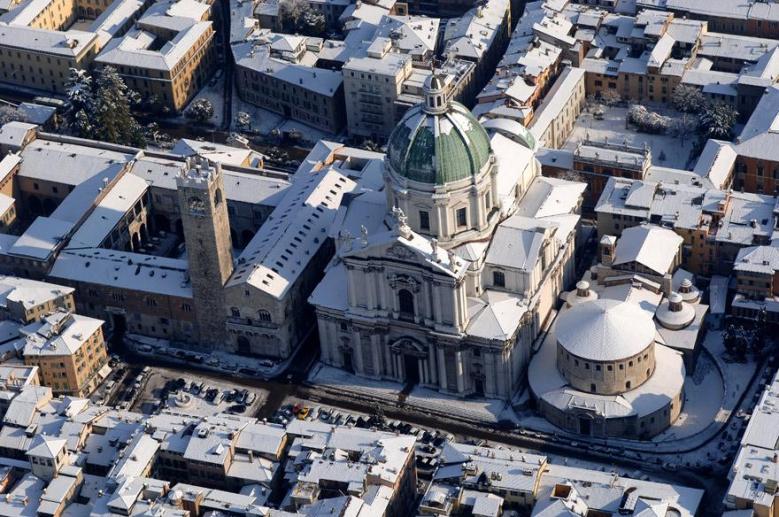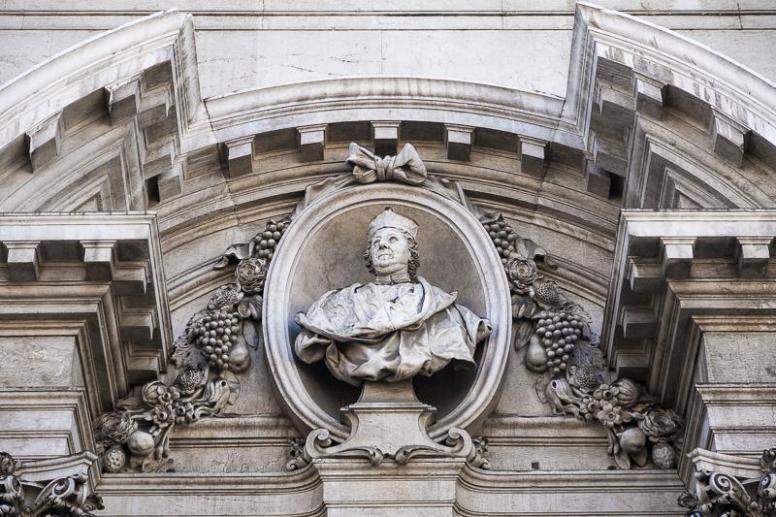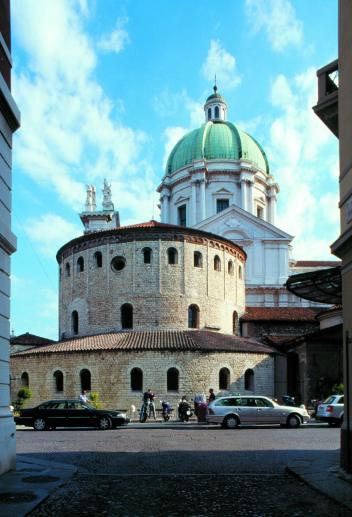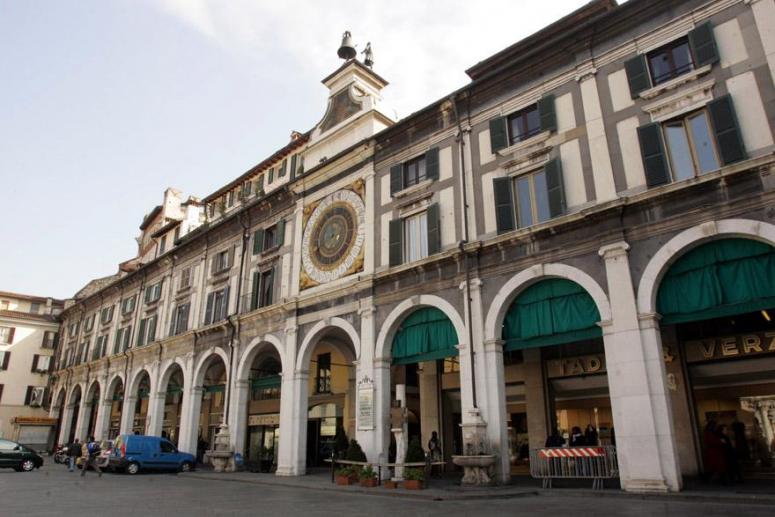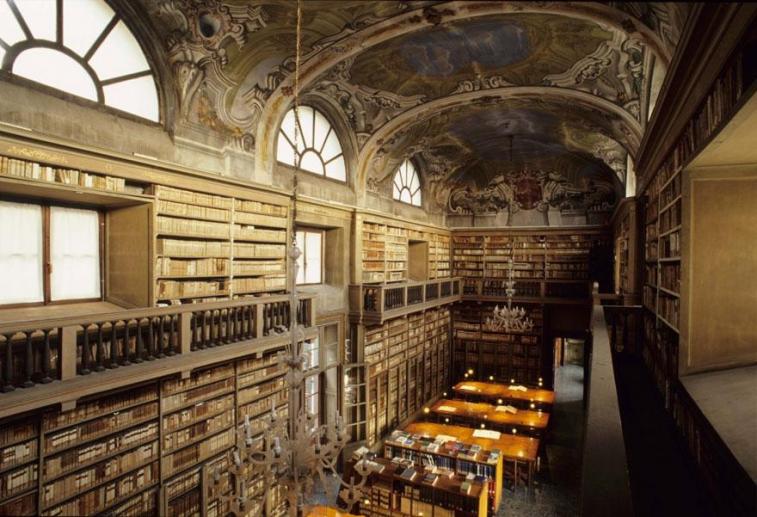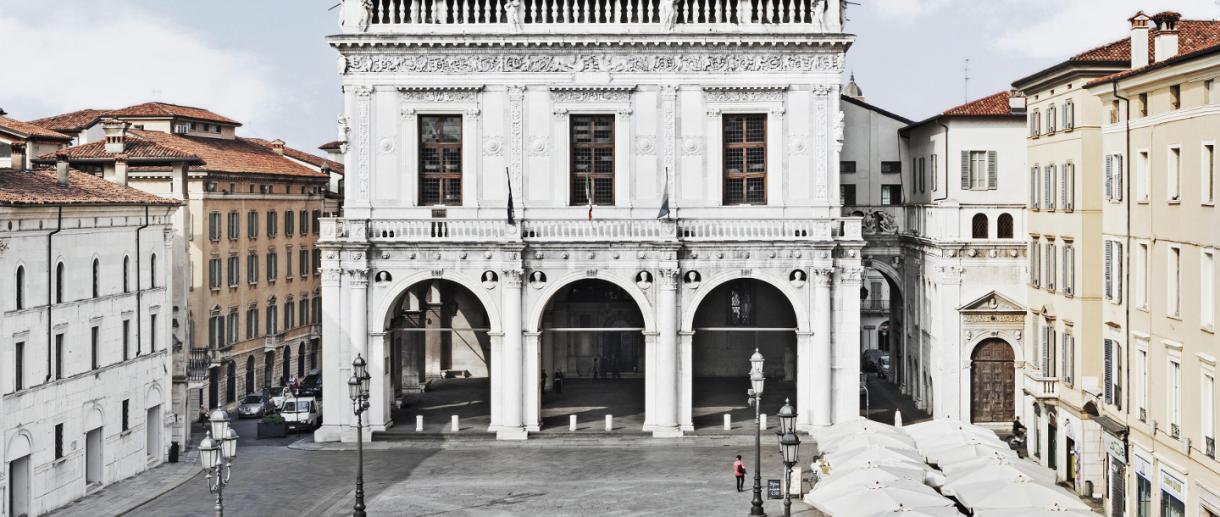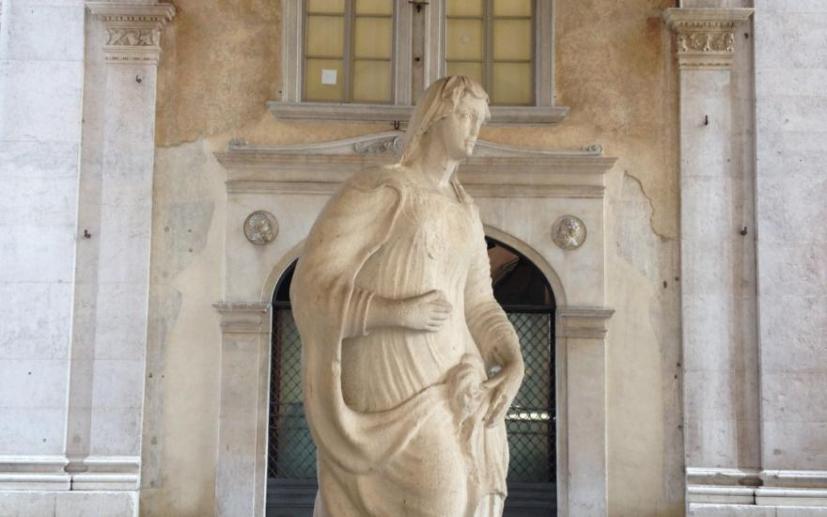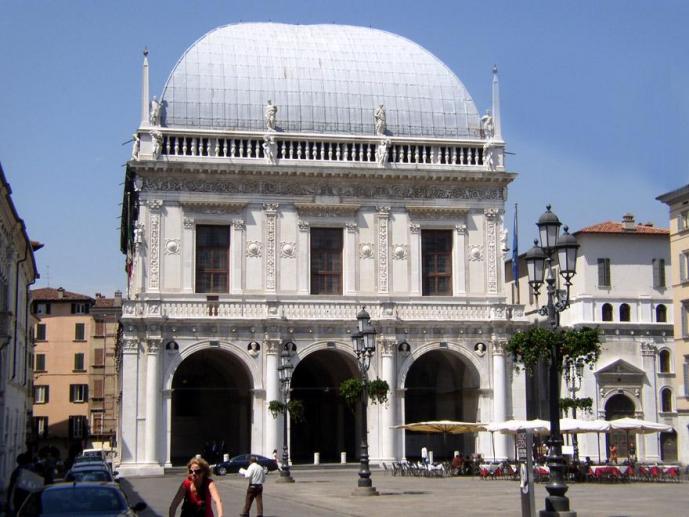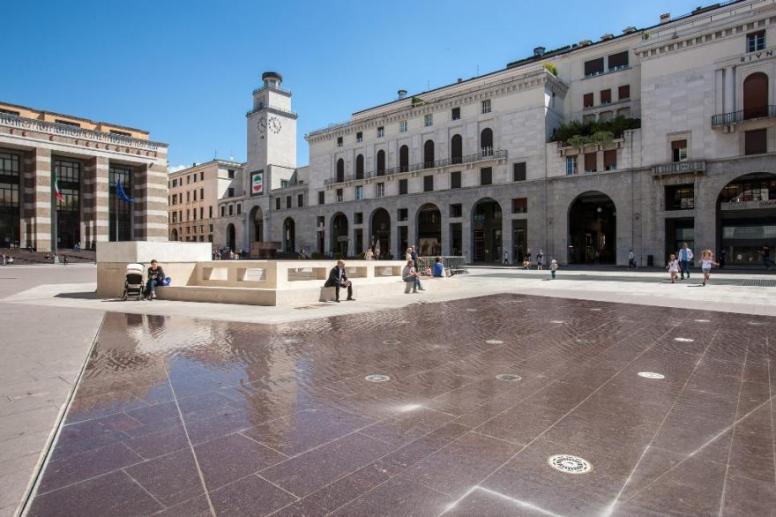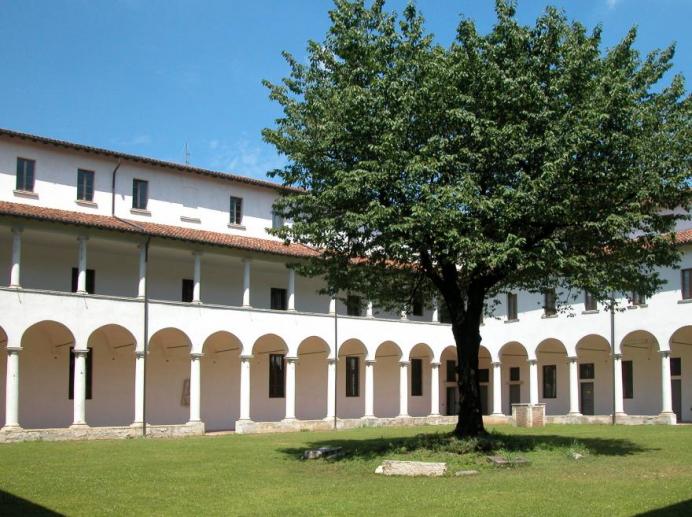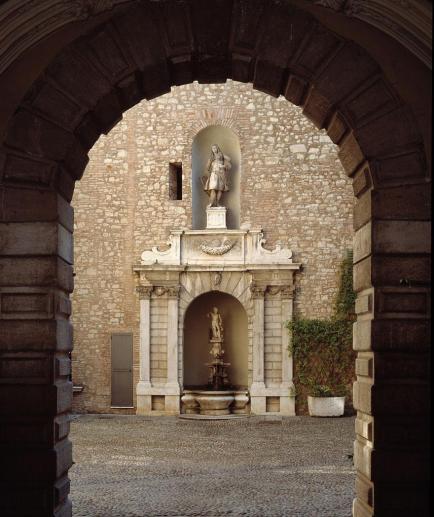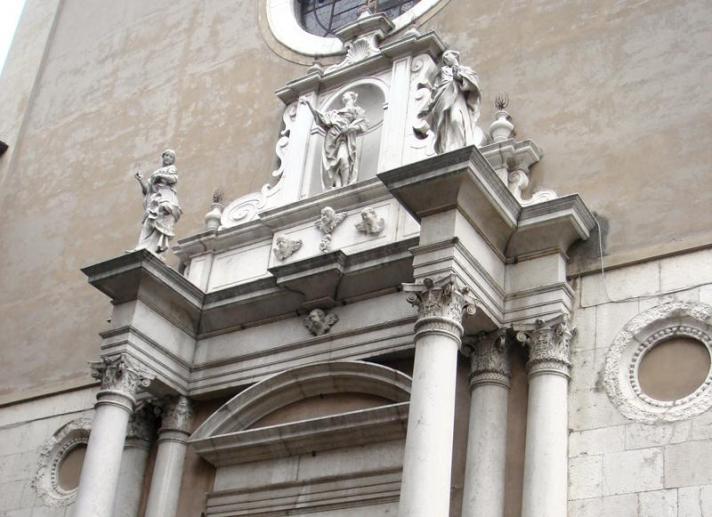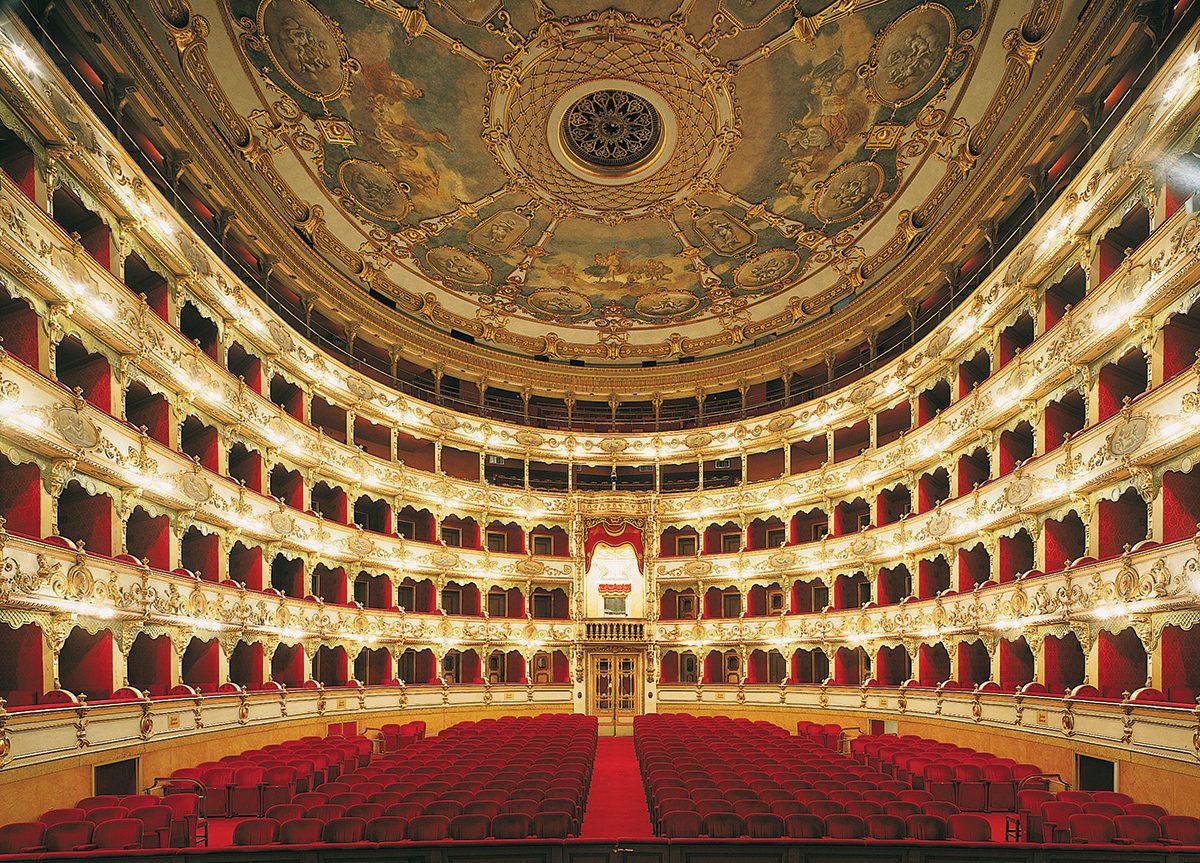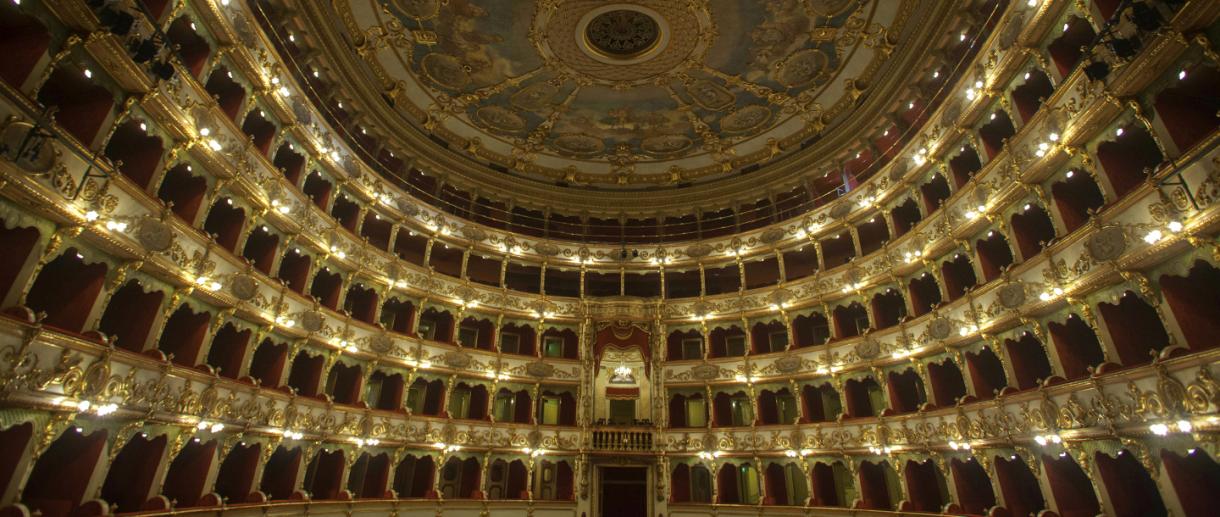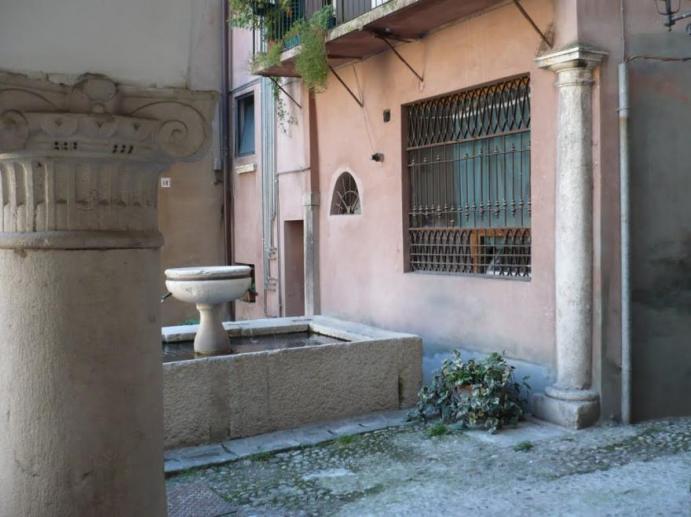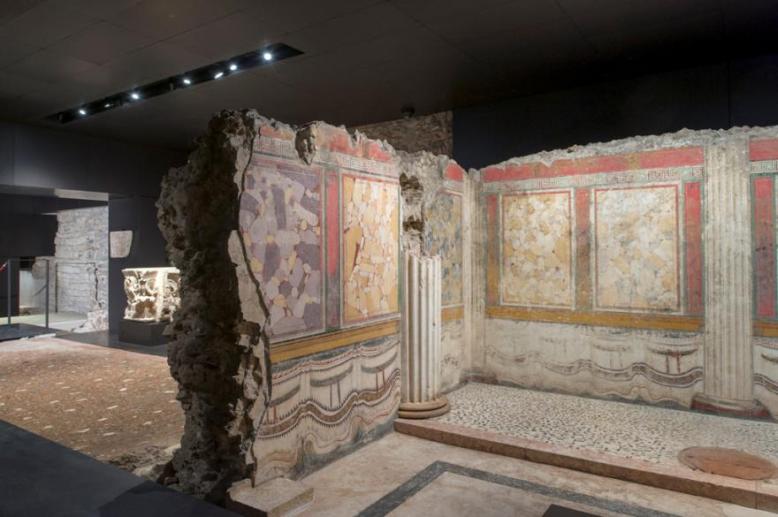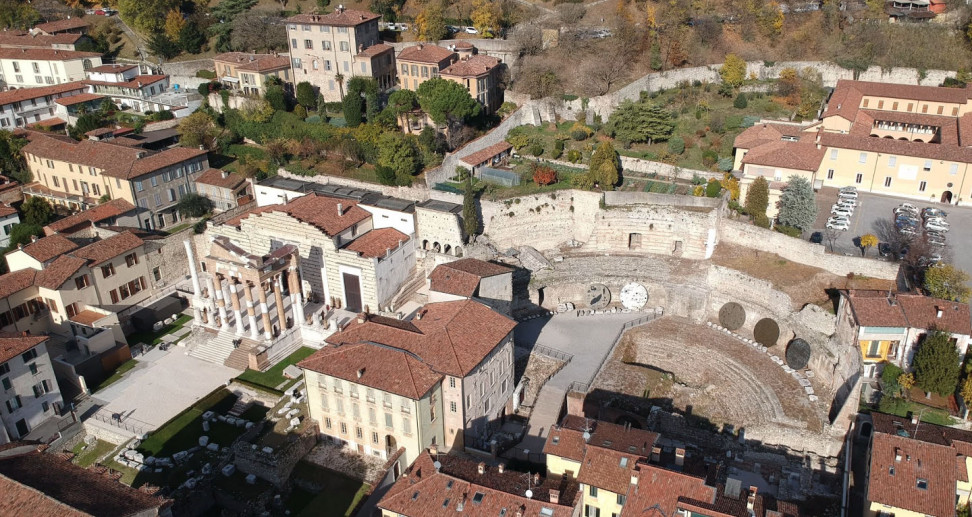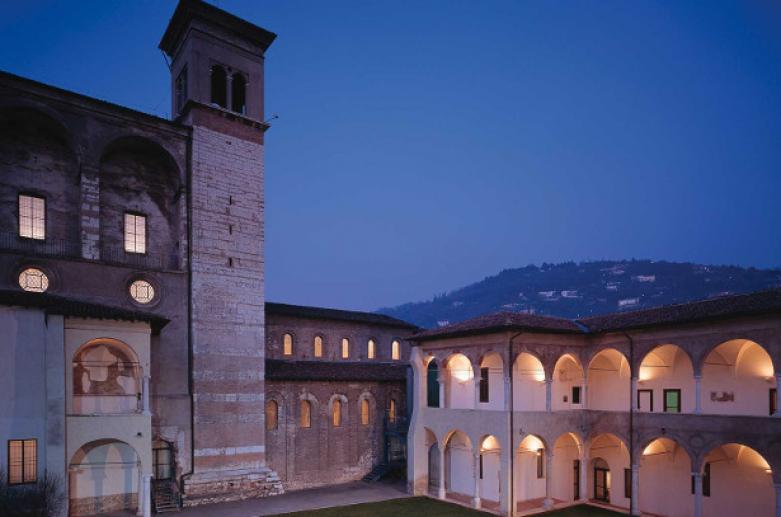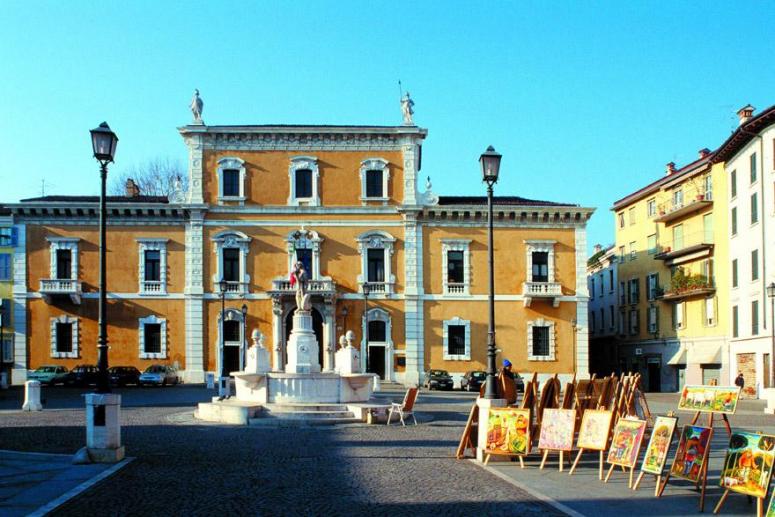- Art & Culture
The Broletto Palace
Tue, 23/10/2012 - 11:46 -- Chiara Itinerario: The great squares of the city centre Early Medieval and Romanesque-Gothic Brescia Slow tour 1 Tipologia: Palaces Tag: palazzo Broletto torre del pegol torre dei Poncarali Loggia delle Grida sala del Podestà The palace, which was the seat of government at the time of the City States and Seigniories, is the result of several different building operations which went on for roughly a century. It has a complex layout round internal courtyards, within an area of about 100 x 75 metres. The south side, which fronts Via Cardinale Querini, along the left-hand side of the cathedral, corresponds to the ancient "Palatium Novum Maius" (1223 - 1227), which was considerably altered , above all in the XVII century. Massive stone walls are the outstanding feature of this side and the east side, unlike the west wing, which was finished in brick at the beginning of the XIV century. From the outside in Via Cardinale Querini , there is a good view of the Tower of the Poncarali ; which was incorporated in the south wall of the palace during the building of the Broletto, but its rough undressed stonework distinguishes it from the rest of the wall. It was more or less 30 metres high originally but in 1258 it was lowered to about 19 metres by order of Ezzelino da Romano. The Tower of Pègol or the People is still intact; it is 53.7 metres high with a small belfry and roofed in tiles hidden by the Ghibelline crenellations added at the beginning of the XIX century. The first, mainly wooden, government palace was built up against this tower in 1187. The clock on the inner wall of the first courtyard came from the nearby cathedral of San Pietro de Dom, which was demolished st the end of the XVI century. The balcony overlooking Piazza Paolo VI, called the Loggia delle Grida, can be seen near the tower. It was destroyed by the Jacobins in 1797 and rebuilt at the beginning of the XX century.The brick facade of the Church of Sant'Agostino is in the alleyway of the same name on the left of the main entrance. This church, which goes back to the first decades of the XV century, was incorporated in the Broletto in the XVI century and completely transformed inside, to the point that in 1803 the apse gave place to Pollack's staircase. Entry to the Broletto is through the West Doorway (1606) embellished with monolithic pillars from Roman times made of Egyptian granite, which once ornamented the entrance to the demolished cathedral of San Pietro de Dom. The upper part of the doorway was designed by Tagliaferri in the late 1800s. In the porch there is a stone tablet under the sculpture of Justice Enthroned, it was defaced by the Jacobins but used to represent the Lion of San Marco. The XIV century fresco of The Madonna with Child enthroned is still visible on the right. The oldest wings of the palazzo nuovo maggiore , whose porticos are now walled up, give onto the west and south sides of the large southern courtyard, which has a fountain in the centre. There are fine capitals in the style of Antelami on the mullioned windows on the first floor, above all, those of the four-mullioned window on the left, which has a round lobate window in the lunette, with twelve figures representing the months of the year. Another thing to notice is the reconstruction of the ancient wooden staircase, which in medieval times led to the great hall of the Maggior Consiglio (the organ of government) on the first floor. The palazzo nuovo minore is on the east side of the courtyard and bears this name because it was finished later (1232) than the first building on the west side. During the first 20 years of the XV century a loggia was added by the Malatestas with four elegant slightly pointed arches and ribbed cross-vaults. Pandolfo Malatesta also commissioned the frescos by Gentile Fabriano, and a few fragments of these have recently been found. Unfortunately,other frescos by Lattanzio Gambara which decorated the loggia were destroyed in the bombing of the Broletto and Piazza Paolo VI on the 13 July, 1944. The base of the pillars, which has recently been uncovered, shows the ground level at that period was lower than it is today. On the north side of the courtyard there is a building dating back to 1626, with a portico of undressed stone in classical style, with grotesque faces on the keystones of the arches, and a loggia. The east doorway (1610) is perfectly aligned , along the line where the antique decumano stretched, with the west door, which opens onto Piazza Paolo VI. Entering by the east door a few steps further in, on the left, before the second doorway (1626) into the courtyard, you will find the Scalone de Lezze (1610), which leads to the registrar's offices. Past the stairway and the corridor with ceilings decorated by Tommaso Sandrini and Francesco Giugno (1574 - 1651) you enter the Chamber of the Podestà, which was once a single room 52 x 16 metres but in the XVII century was divided into four .The height of the original room (9 metres) was reduced too and each of the four later rooms has a frescoed ceiling:Power restraining Fortune and Virtue on the clouds and afflicting the world by Antonio Gandino, Plenty in the second room, also by Gandino, and in the next two rooms two frescos by Tommaso Sandrini: The Allegory of Time in the third and allegorical female figures in the fourth. In the space between the vaulted ceiling of the registry and the beamed ceiling of the antique hall of Maggior Consiglio, there are two very old frescos from the second half of the XIII century: Knights taken Prisoner, partly obliterated on the north wall by an early XIV century fresco of far finer workmanship, The Peace of Berardo Maggi. --------------------------------------------------------------------------------------------------------------------- Coming out of the west door of the Broletto into Piazza Martiri di Belfiore you can see a stretch of wall in the outer wall of the palace made of local limestone, this was part of the wall of the Citadella Nuova, built in the XIV century by the Viscontis. THE BROLETTO PALACE Piazza Paolo VI Brescia File: Audioguide Broletto 1.mp3 Audioguide Broletto 2.mp3 Audioguide Broletto 3.mp3 Audioguide Broletto 4.mp3 Audioguide Broletto 5.mp3 Galleria: ItalianoDeutschFrançaisEspañol
